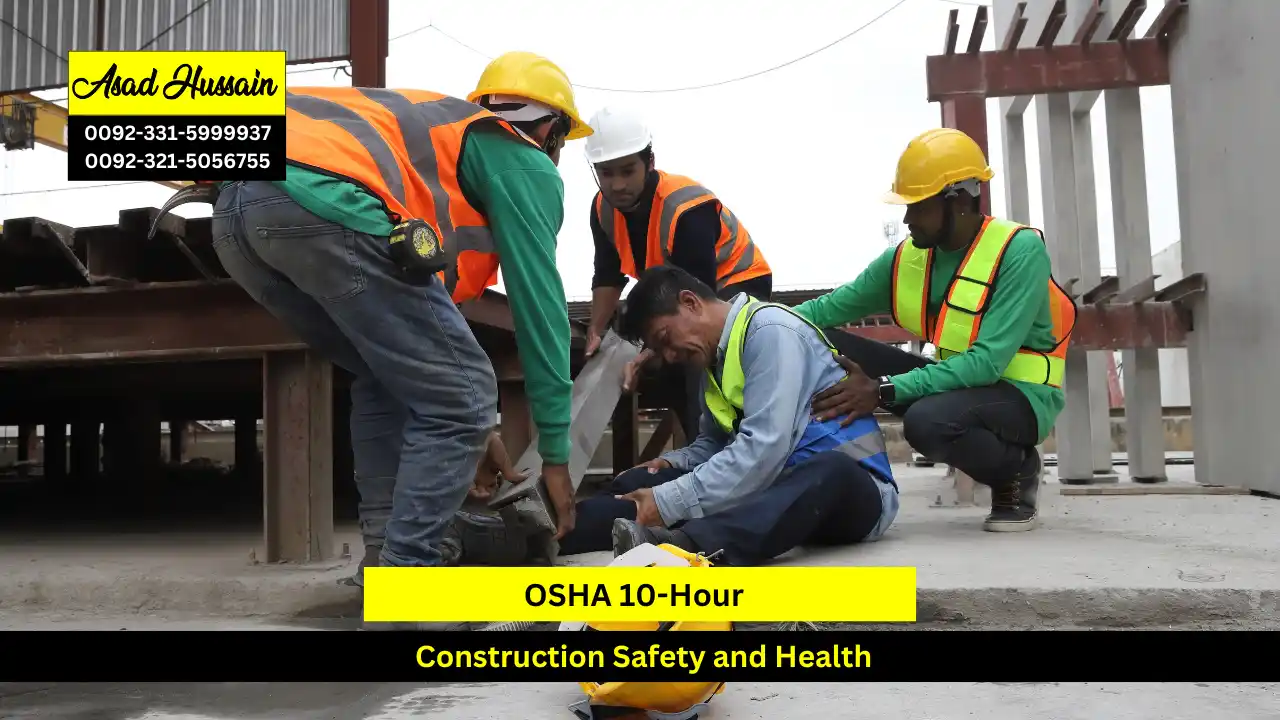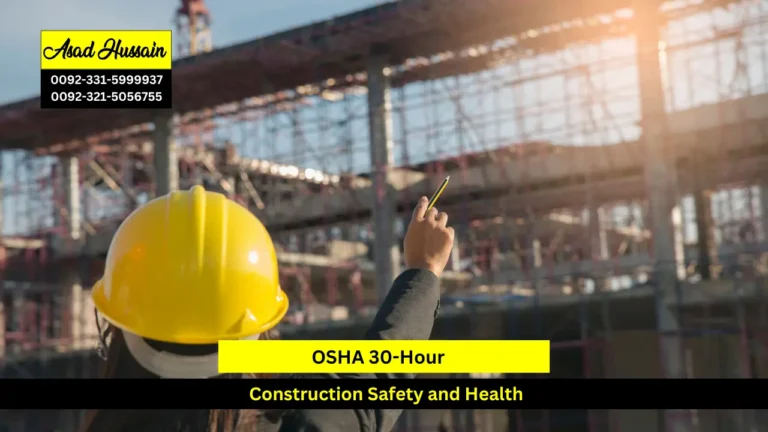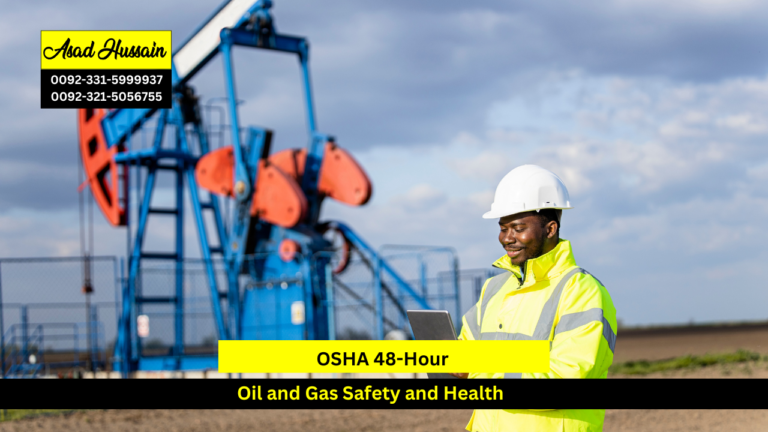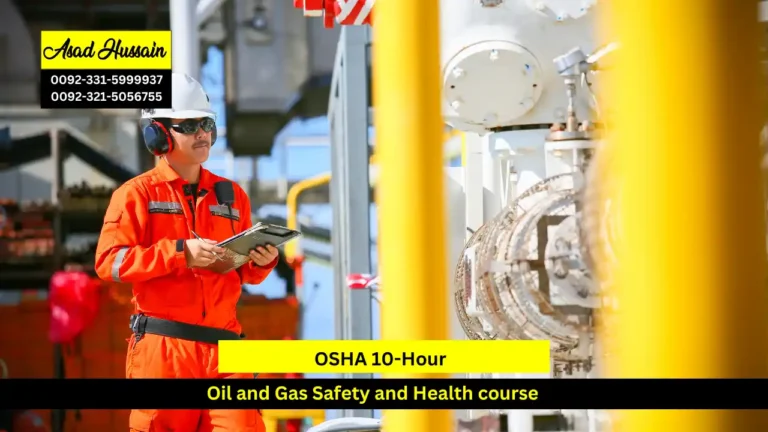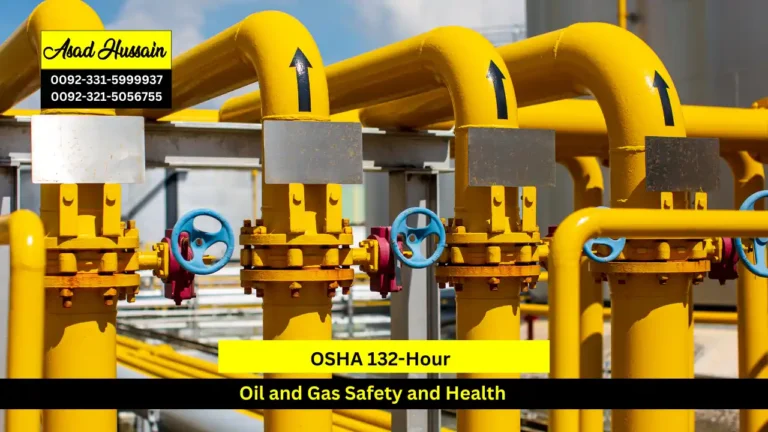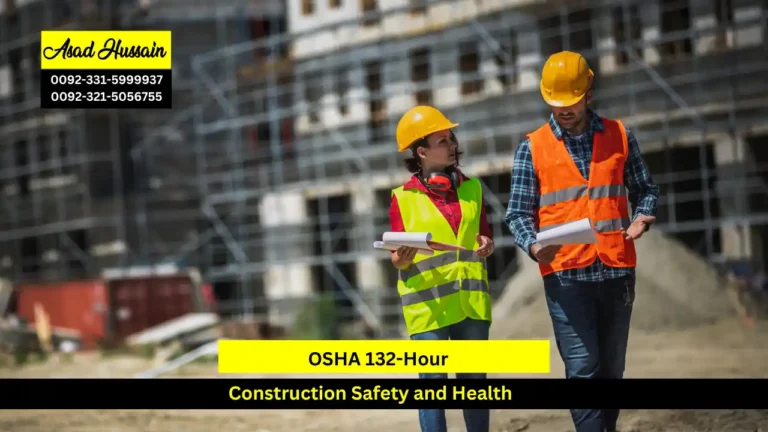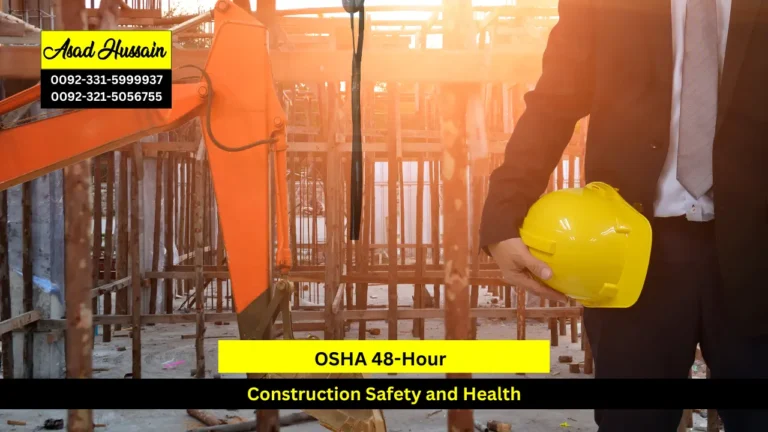In the realm of construction, safety isn’t just a priority—it’s a necessity. The OSHA 10-Hour Construction Safety and Health course is a foundational program designed to provide workers with essential knowledge about safety practices and health regulations on construction sites. This blog post delves into what the course entails, its importance, and the benefits it offers to both employers and employees.
The Occupational Safety and Health Administration (OSHA) developed the 10-Hour Construction Safety and Health course as an introductory program to educate workers on fundamental safety and health issues in the construction industry. The course is designed for workers who are new to the industry or those who need a refresher on basic safety protocols.
The course is typically delivered through in-person classes or online platforms, providing flexibility to accommodate different learning preferences. Upon successful completion of the course and passing the assessment, participants receive an OSHA 10-Hour Construction Safety and Health card, which is valid for five years.
The OSHA 10-Hour Construction Safety and Health course is an invaluable resource for anyone working in the construction industry. By equipping workers with essential knowledge and skills, the course not only helps in maintaining compliance with safety regulations but also contributes to creating a safer and more productive work environment. Investing time in this training is a proactive step towards ensuring the well-being of all individuals on the construction site.
Program Highlights
Mandatory Units
- Introduction to OSHA
- Scaffolds
- Excavations
- Hand and Power Tools
- Stairways and Ladders
- Health Hazards in Construction
- Common Hazards in Construction
- Personal Protective and Lifesaving Equipment (PPE)
- Material Handling, Storage, Use, and Disposal
- Cranes, Derricks, Hoists, Elevators, and Conveyors
Human Resources:
- Administrative Support:
- Administrative staff are needed to handle course registration, certification issuance, and other logistical tasks.
Technical Resources:
- Course Materials:
- Digital Resources: Access to digital course materials such as presentations, videos, and reference documents.
- Printed Materials: If applicable, printed handouts, manuals, and safety guides for in-person courses.
Energy Consumption:
- Equipment:
- For In-Person Courses: Power usage for audiovisual equipment, computers, and other training aids.
- For Online Courses: Energy for running online platforms and data servers.
Logistics:
- Travel and Transportation:
- In-Person Courses: Transportation energy for instructors and participants traveling to and from the training venue.
- Online Courses: Minimal travel energy as participants can join remotely.
- Administrative Resources:
- In-Person Courses: Energy used in printing certificates, preparing materials, and managing registrations.
- Online Courses: Digital administration involving server maintenance and online support services.
Certification and Compliance:
- Energy for Certification Processing:
- The process of issuing and sending certificates requires administrative energy, whether digitally or physically.
Introduction to OSHA
- Understand OSHA’s Role and Mission:
- Define OSHA’s purpose and its impact on workplace safety and health.
- Explain the rights and responsibilities of employers and employees under OSHA regulations.
- Familiarize with OSHA Standards:
- Identify key OSHA standards relevant to the construction industry.
- Describe the process for filing complaints and reporting safety issues to OSHA.
- Recognize OSHA Compliance Requirements:
- Outline the requirements for maintaining a safe work environment as per OSHA guidelines.
- Understand the role of OSHA in enforcing safety regulations and conducting inspections.
Scaffolds
- Identify Types of Scaffolds:
- Describe various types of scaffolding used in construction, including supported, suspended, and rolling scaffolds.
- Understand Scaffold Safety:
- Explain the safety requirements for scaffold design, construction, and inspection.
- Recognize common hazards associated with scaffolds and methods for mitigating them.
- Implement Safe Scaffold Practices:
- Demonstrate proper scaffold assembly, use, and disassembly procedures.
- Identify and address potential safety issues related to scaffold use.
Excavations
- Recognize Excavation Hazards:
- Identify common hazards associated with excavation work, such as cave-ins and falling materials.
- Implement Safety Measures:
- Explain the requirements for trench protection systems, including shoring, shielding, and benching.
- Understand the procedures for inspecting excavation sites and ensuring their safety.
- Ensure Compliance:
- Describe the role of competent persons in excavation safety and the requirements for their training and responsibilities.
Hand and Power Tools
- Understand Tool Safety:
- Identify the types of hand and power tools commonly used in construction.
- Recognize potential hazards associated with these tools and how to prevent injuries.
- Demonstrate Proper Use:
- Explain safe operating procedures for hand and power tools.
- Describe the maintenance and inspection requirements to ensure tools are in safe working condition.
- Implement Safety Practices:
- Outline the proper storage and handling practices for tools to prevent accidents and injuries.
Stairways and Ladders
- Identify Hazards Related to Stairways and Ladders:
- Recognize common hazards associated with stairways and ladders on construction sites.
- Implement Safety Requirements:
- Describe the OSHA requirements for the design, installation, and maintenance of stairways and ladders.
- Explain the proper use and inspection procedures for ladders and stairways.
- Promote Safe Practices:
- Demonstrate correct techniques for ascending and descending ladders and using stairways safely.
Health Hazards in Construction
- Identify Health Hazards:
- Recognize common health hazards in construction, such as exposure to chemicals, noise, and respiratory risks.
- Understand Protective Measures:
- Explain the methods for controlling and mitigating health hazards, including the use of personal protective equipment (PPE) and engineering controls.
- Promote Health and Safety:
- Describe the procedures for monitoring and assessing health risks on construction sites.
Common Hazards in Construction
- Identify Common Hazards:
- Recognize a wide range of hazards commonly encountered in construction, such as falls, electrical hazards, and struck-by incidents.
- Implement Safety Controls:
- Explain methods for assessing and controlling these hazards, including the use of safety protocols and hazard communication.
- Apply Safety Measures:
- Demonstrate the application of safety measures to prevent common construction site accidents.
Personal Protective and Lifesaving Equipment (PPE)
- Understand PPE Requirements:
- Identify the types of PPE required for various construction tasks and their uses.
- Proper PPE Usage:
- Explain how to properly select, use, and maintain PPE to ensure maximum protection.
- Implement Lifesaving Equipment:
- Describe the use of lifesaving equipment, such as harnesses and fall arrest systems, and how to inspect and maintain them.
Material Handling, Storage, Use, and Disposal
- Recognize Hazards in Material Handling:
- Identify potential hazards associated with the handling, storage, and disposal of construction materials.
- Implement Safe Practices:
- Describe safe practices for handling materials, including proper lifting techniques and the use of equipment to assist with material handling.
- Understand Storage and Disposal:
- Explain the procedures for storing materials safely and disposing of them properly to minimize environmental impact and safety risks.
Cranes, Derricks, Hoists, Elevators, and Conveyors
- Identify Equipment Types:
- Recognize different types of cranes, derricks, hoists, elevators, and conveyors used in construction.
- Understand Safety Requirements:
- Describe the safety standards and operational requirements for using this equipment.
- Explain the procedures for inspecting and maintaining equipment to ensure safe operation.
- Promote Safe Equipment Use:
- Demonstrate safe operating procedures and emergency response actions related to cranes, derricks, hoists, elevators, and conveyors.
The OSHA 10-Hour Construction Safety and Health course is designed for a diverse audience within the construction industry. It is particularly beneficial for entry-level workers who are new to the field and need a foundational understanding of safety and health regulations. The course is also ideal for experienced construction professionals seeking a refresher on essential safety practices. Additionally, supervisors, foremen, and safety representatives can benefit from the course as it enhances their ability to oversee safety protocols and ensure compliance on-site. Whether you are an individual worker looking to improve your safety knowledge or an employer aiming to equip your team with critical safety skills, the OSHA 10-Hour course provides valuable insights and training to help maintain a safe and compliant work environment.

